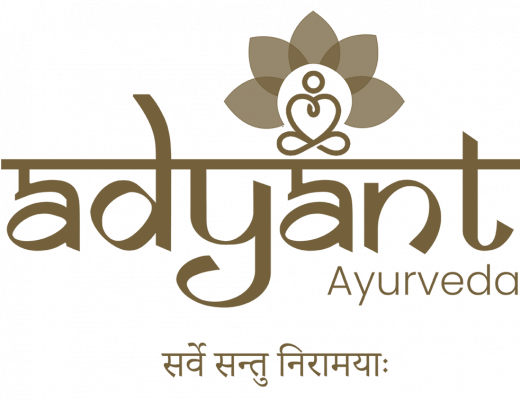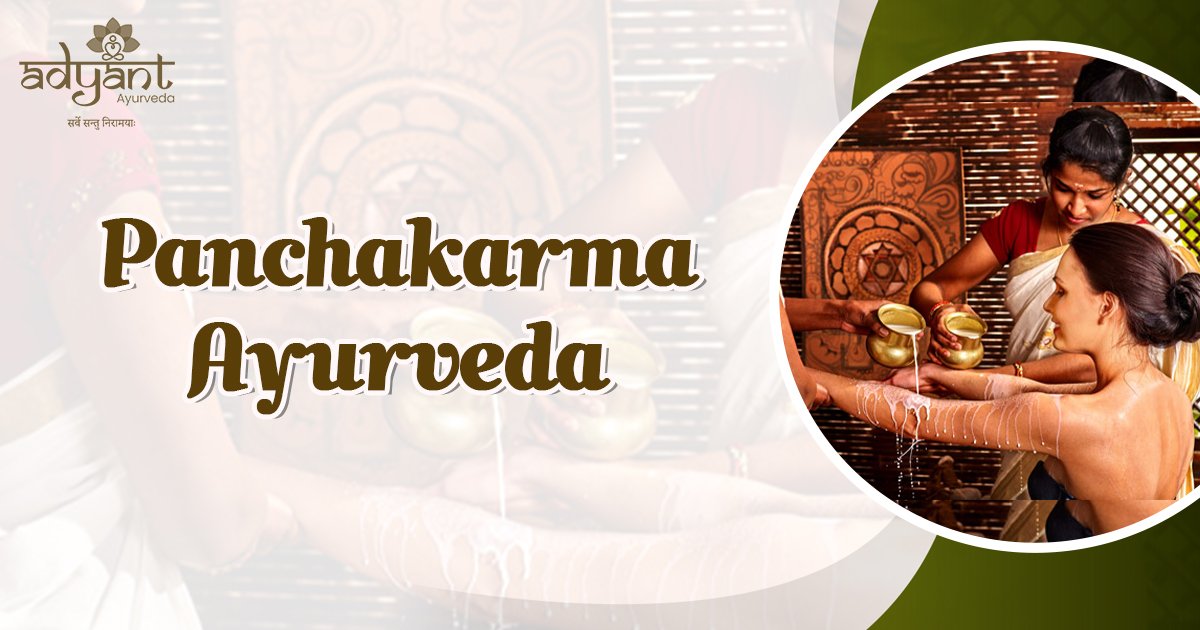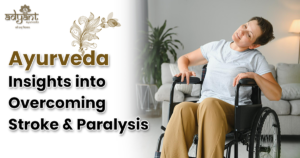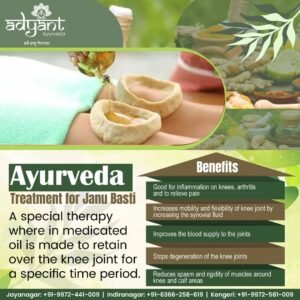Table of Contents
TogglePanchakarma Treatment in Ayurveda: The Ultimate Guide to Detox & Rejuvenation
Are you feeling drained, stressed, or burdened by toxins? If you’re searching for a natural way to reset your body, mind, and soul, Ayurvedic Panchakarma treatment could be your answer. As one of the most profound healing systems in Ayurveda, Panchakarma is not just a detox program but a transformational journey that restores balance, promotes longevity, and enhances your overall well-being.
In this detailed guide, we explore everything you need to know about Ayurvedic Panchakarma treatment—its procedures, benefits, duration, costs, and the best places to undergo it, particularly in Bangalore.
What is Panchakarma?
Derived from Sanskrit, “Panchakarma” means “five actions” or “five treatments.” It is a comprehensive Ayurvedic detoxification and rejuvenation therapy that eliminates accumulated toxins (Ama) from the body and restores doshic balance (Vata, Pitta, Kapha). Panchakarma is the cornerstone of Ayurvedic medicine, designed to purify the body at the cellular level and strengthen the immune system.
Philosophy Behind Panchakarma
Panchakarma is based on the principle that the root cause of most diseases is the accumulation of toxins and imbalances in the body’s bioenergies (doshas). It works by kindling Agni (digestive fire), liquefying and mobilizing toxins, and eliminating them through natural body orifices. It is not just a physical detox but a spiritual and emotional cleanse as well.
Adyant Ayurveda Awarded for Excellence in Panchakarma Treatments
Adyant Ayurveda has been honored with the Excellence in Panchakarma Treatment Award by Times Health 2024 and the National Ayush Award in Ayurveda, reinforcing its commitment to authentic and effective Ayurvedic care.
📺 Watch the Award Recognition Video
🔗 https://youtu.be/2qvt36sDy94?si=S7JhMGwOyb7fonex
Panchakarma Procedure: The 3 Main Stages
1. Poorva Karma (Preparatory Phase)
This phase prepares the body for detoxification and involves:
Deepana & Pachana: Strengthening digestion and metabolism
Snehana (Oleation): Internal and external application of medicated oils or ghee to loosen toxins
Swedana (Sudation/Steam Therapy): Inducing sweat to open up body channels and liquefy toxins for easy elimination
2. Pradhana Karma (Main Panchakarma Therapies)
These are the five core detoxification therapies tailored to the individual’s constitution and condition:
Vamana (Emesis Therapy): Induced vomiting to expel excess Kapha from the body
Virechana (Purgation Therapy): Herbal purgatives to cleanse Pitta toxins from the intestines
Basti (Medicated Enema): Herbal decoctions and oils administered via enema to balance Vata and cleanse the colon
Nasya (Nasal Administration): Medicated oils or powders are administered through the nostrils to cleanse the head region
Raktamokshana (Bloodletting Therapy): Controlled removal of impure blood, useful in treating skin disorders and inflammatory conditions
3. Paschat Karma (Post-Treatment Care and Rejuvenation)
After detox, the body needs to regain strength and restore balance:
Samsarjana Krama: Gradual reintroduction of diet from light to normal to support digestion
Rasayana Therapy: Rejuvenation through herbal supplements to rebuild tissue strength and immunity
Lifestyle Regulation: Personalized guidelines for diet, yoga, meditation, and daily routines to sustain health benefits
Benefits of Panchakarma
✅ Deep Detoxification
✅ Improved Digestion & Metabolism
✅ Hormonal Balance
✅ Stress & Anxiety Relief
✅ Rejuvenated Skin & Hair
✅ Better Sleep & Mental Clarity
✅ Weight Loss & Boosted Immunity
Panchakarma in Modern Times
With today’s lifestyle disorders on the rise, Panchakarma is more relevant than ever. It addresses the root causes of:
Skin Disorders (Psoriasis, Eczema, Acne)
How Often Should You Do Panchakarma?
It is recommended to undergo Panchakarma once or twice a year, especially during seasonal transitions like spring and autumn. Treatment duration can vary from 7 to 21 days based on the individual’s condition.
Who Should Avoid Panchakarma?
Avoid Panchakarma during:
Pregnancy
Acute fever or infection
Immediately after surgery
Menstruation (in certain therapies)
Panchakarma Treatment Cost in India
Cost varies by treatment type, duration, and clinic reputation. In Bangalore:
Virechana Detox: ₹14,000
Weight Loss Package: ₹30,000 to ₹45,000
Full Panchakarma (21 Days): ₹50,000+
Estimated Cost of Panchakarma Treatment (India-Wide)
| Treatment | Duration | Estimated Cost (INR) |
|---|---|---|
| Vamana (Emesis Therapy) | 12–14 days | ₹10,000 – ₹25,000 |
| Virechana (Purgation Therapy) | 12–18 days | ₹10,000 – ₹30,000 |
| Nasya (Nasal Detoxification) | Per session | ₹800 – ₹1,500 |
| Basti (Enema Therapy) | 8–14 days | ₹8,000 – ₹20,000 |
| Raktamokshana (Bloodletting) | Per session | ₹500 – ₹2,000 |
| Full Panchakarma Package | 14–21 days | ₹15,000 – ₹50,000+ |
Note: Prices may include accommodation, diet plans, and doctor consultations.
Best Panchakarma Treatment in Bangalore – Adyant Ayurveda
With over 24 years of Ayurvedic excellence, Adyant Ayurveda is one of the most trusted Panchakarma centers in Bangalore. Locations include:
Jayanagar
Indiranagar
Kalyan Nagar
Rajarajeshwari Nagar
You’ll receive personalized Panchakarma programs under expert Ayurvedic doctors such as Dr. Shree Lakshmi, Dr. Manasa Srinivas, Dr. Vidya, Dr. Sumana, and Dr. Apoorva
Frequently Asked Questions (FAQs)
1. What is done in Panchakarma treatment?
It includes Poorva Karma (preparation), Pradhana Karma (five main detox therapies), and Paschat Karma (post-treatment recovery).
2. What is a 12-day Panchakarma?
Days 1–3: Snehana, Abhyanga, Swedana
Days 4–6: Main Panchakarma (like Vamana or Virechana)
Days 7–12: Diet plan, Rasayana, and rejuvenation phase
3. Is Panchakarma good or bad?
It’s extremely beneficial when performed under qualified Ayurvedic supervision.
4. Which diseases are treated by Panchakarma?
Obesity, PCOD, diabetes, arthritis, skin diseases, infertility, and more.
5. Panchakarma treatment side effects?
Minor symptoms like tiredness, mild headache, or nausea may occur temporarily.
6. What are the three phases of Panchakarma treatment?
Poorva Karma (Preparation)
Pradhana Karma (Main detox therapies)
Paschat Karma (Rejuvenation and recovery)
7. Is Panchakarma painful?
No. Most therapies are gentle and healing. Slight discomfort may be part of toxin release.
8. Can Panchakarma be done at home?
Not advisable. Complete Panchakarma requires expert guidance, proper environment, and monitoring.
9. How often should Panchakarma be done?
Once every 6–12 months is ideal for preventive care. Chronic cases may require more frequent sessions.
10. Can I eat normally after Panchakarma?
You must follow Samsarjana Krama before returning to your regular diet.
Conclusion
Panchakarma is not just a detox—it’s a comprehensive, time-tested system of holistic healing that aligns your body, mind, and spirit. Whether you’re seeking relief from chronic illness or looking to enhance your well-being, Ayurvedic Panchakarma offers the path to renewed health and vitality.
Ready to Begin Your Panchakarma Journey?
✅ Book Your Appointment Now at Adyant Ayurveda: +91 99725 41009
✅ Visit Our Clinics: Jayanagar | Indiranagar | Kalyan Nagar | Rajarajeshwari Nagar
✅ Online Consultations & Personalized Packages Available
Written by: Dr. Manasa Srinivas, BAMS
Senior Ayurvedic Consultant at Adyant Ayurveda – Rajarajeshwari Nagar, Bangalore
Over 25 years of clinical experience in Panchakarma & holistic detox programs.
References:
Charaka Samhita – Chikitsa Sthana, Chapter 16
Ashtanga Hridaya – Sutra Sthana, Chapter 2
Ministry of AYUSH India – www.ayush.gov.in






